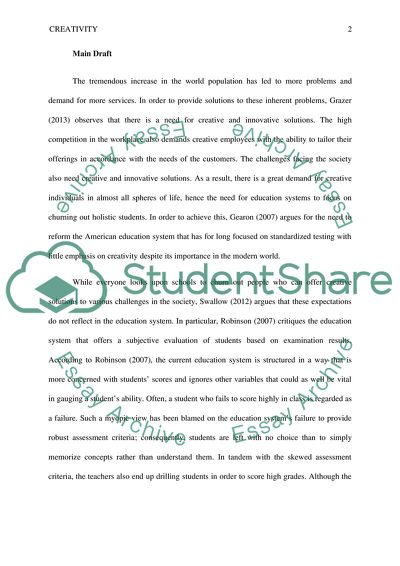Cite this document
(“Impact Of Educational Systems On The Creativity Development Essay”, n.d.)
Impact Of Educational Systems On The Creativity Development Essay. Retrieved from https://studentshare.org/english/1692877-argument-paper-final-draft
Impact Of Educational Systems On The Creativity Development Essay. Retrieved from https://studentshare.org/english/1692877-argument-paper-final-draft
(Impact Of Educational Systems On The Creativity Development Essay)
Impact Of Educational Systems On The Creativity Development Essay. https://studentshare.org/english/1692877-argument-paper-final-draft.
Impact Of Educational Systems On The Creativity Development Essay. https://studentshare.org/english/1692877-argument-paper-final-draft.
“Impact Of Educational Systems On The Creativity Development Essay”, n.d. https://studentshare.org/english/1692877-argument-paper-final-draft.


